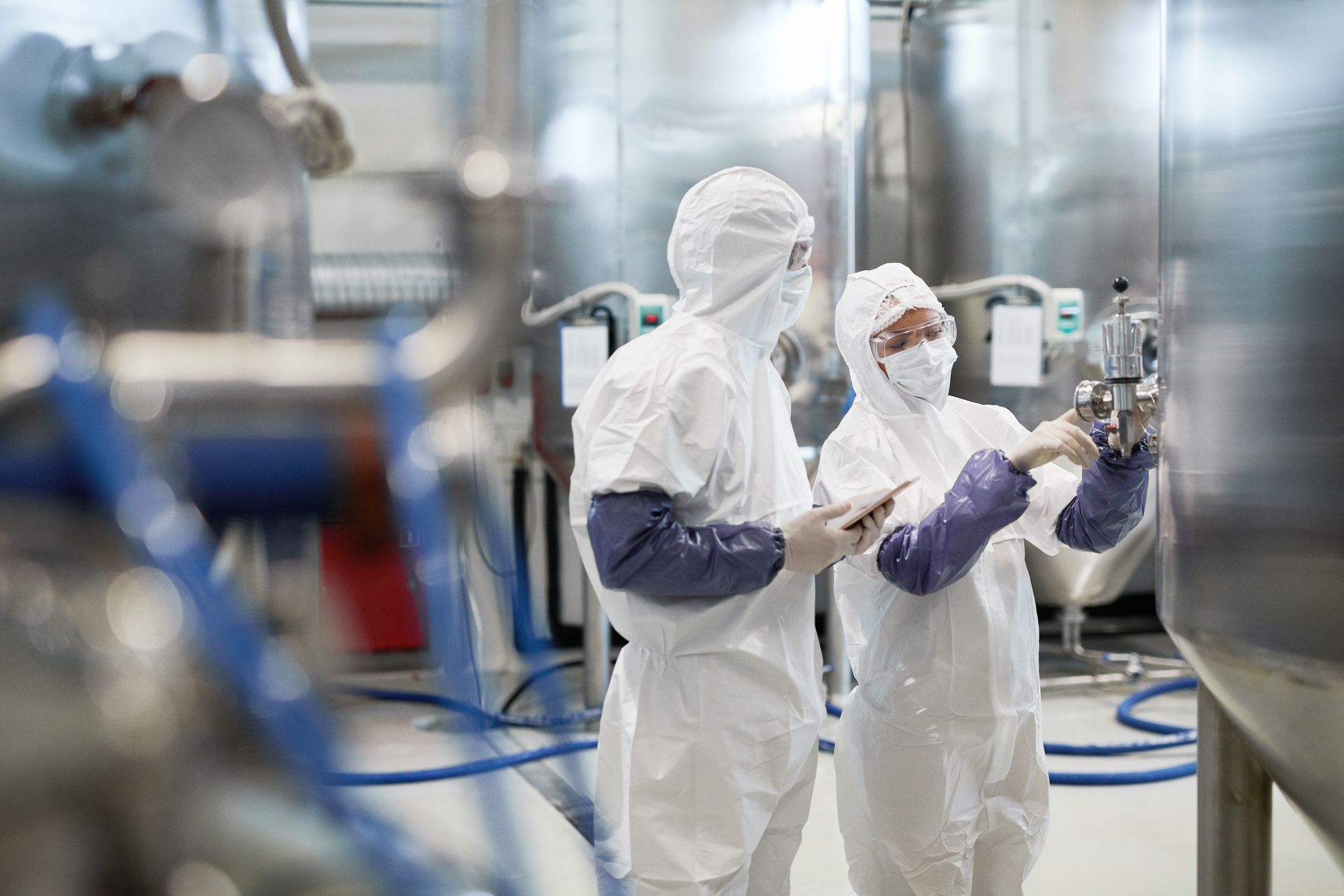Understanding Cleanroom Classifications and Standards
Cleanrooms are vital in industries where small particles can adversely affect the manufacturing process. They provide controlled environments free from pollutants such as dust, airborne microbes, and aerosol particles. Cleanroom classifications and standards are essential for defining the level of cleanliness in these environments, guiding the construction, maintenance, and monitoring of cleanrooms across various sectors. This article explores the intricacies of cleanroom classifications and the standards that govern them.
The Basis of Cleanroom Classification
Cleanroom classifications are based on the quantity and size of particles permitted per volume of air. Essentially, the cleaner the cleanroom, the lower the number and size of particles allowed. This classification system enables industries to specify the cleanliness level needed for their particular manufacturing or research requirements.
ISO 14644-1 Standard
The International Organization for Standardization (ISO) 14644-1 is the most widely recognized standard for cleanroom classification. Introduced to harmonize different standards used across the world, ISO 14644-1 replaced the U.S. Federal Standard 209E (FS 209E) in the late 1990s. It classifies cleanrooms from ISO Class 1 to ISO Class 9, where ISO Class 1 represents the cleanest environment.
ISO 14644-1 Classifications
- ISO Class 1: The cleanest classification, allowing a maximum of 10 particles/m³ of 0.1μm and smaller.
- ISO Class 2 to 9: Each subsequent class allows for a tenfold increase in the permitted particle count for specific particle sizes.
This standard provides a universal language for specifying cleanrooms, ensuring consistency and understanding across global industries.
Other Relevant Standards
While ISO 14644-1 is pivotal for classifying cleanrooms, several other parts of the ISO 14644 series and additional standards offer comprehensive guidelines for cleanroom operations:
- ISO 14644-2: Specifies the monitoring to provide evidence of cleanroom performance related to air cleanliness by particle concentration.
- ISO 14644-3: Focuses on test methods.
- ISO 14644-4: Provides standards for cleanroom design and construction.
- ISO 14644-5: Details operations.
- EU GMP Guidelines: While not a classification per se, the European Union's Good Manufacturing Practice (GMP) guidelines are crucial in the pharmaceutical sector. They classify cleanrooms into Grades A, B, C, and D, focusing on microbial and particulate levels, especially critical for sterile pharmaceutical manufacturing.
Understanding the Standards
1. Particle Size and Count
The cornerstone of cleanroom standards is the control of particles of specific sizes. For instance, ISO Class 5 allows a maximum of 3,520 particles per cubic meter of size 0.5μm or larger, akin to the old Class 100 under FS 209E.
2. Air Changes per Hour (ACH)
Cleanroom standards also consider the rate at which filtered air replaces the existing volume in the room. Higher classifications (ISO Class 1-4) require more air changes per hour to maintain the low level of particulates.
3. Pressure Differential
Maintaining a higher pressure inside the cleanroom compared to adjacent areas prevents infiltration of unfiltered air, a critical factor in cleanroom design.
Application Across Industries
Different industries have varying requirements for cleanroom classifications:
- Semiconductor Manufacturing: Typically requires ISO Class 3 to 5 cleanrooms due to the sensitivity of microchip production to particulate contamination.
- Pharmaceuticals: Production areas for sterile drugs often operate within ISO Class 5 to 7, with ISO Class 5 (or Grade A in EU GMP) conditions at the point of fill.
- Biotechnology and Medical Device Manufacturing: These sectors also demand stringent cleanroom conditions, usually ranging from ISO Class 5 to 8, depending on the product and process sensitivity.
The Importance of Compliance
Compliance with cleanroom standards is not just about meeting regulatory requirements; it's about ensuring the quality and safety of products. Regular monitoring, testing, and certification against these standards help maintain the integrity of the cleanroom environment and the processes within.
Future Directions
As technology advances, so too do the standards that govern cleanroom environments. Future updates to ISO 14644 and other relevant standards will likely reflect emerging technologies, increased emphasis on sustainability, and the evolving needs of industries reliant on cleanrooms.
Conclusion
Understanding cleanroom classifications and standards is crucial for anyone involved in the design, operation, or management of cleanrooms. These standards ensure that cleanrooms provide the controlled environments necessary for the high-precision work carried out within them, supporting the production of safe and reliable products across a range of critical industries. As technology and industry requirements evolve, so too will the standards, continuing to safeguard the pivotal role cleanrooms play in modern manufacturing and research.
Read more: All About Cleanrooms - The ultimate Guide






